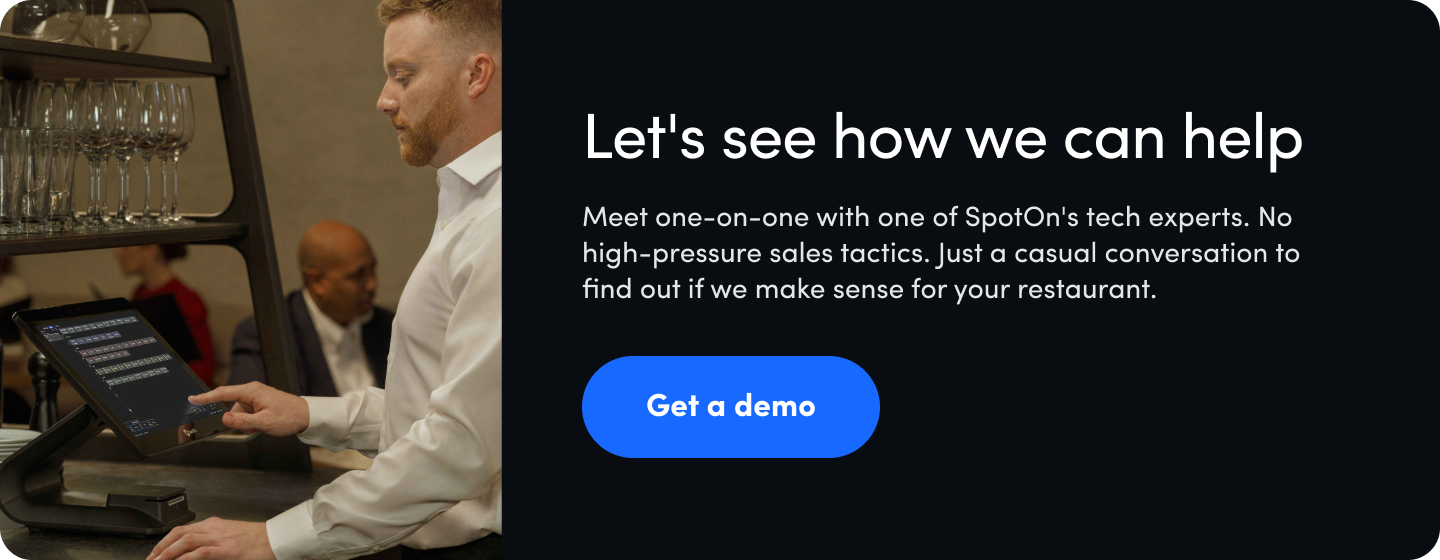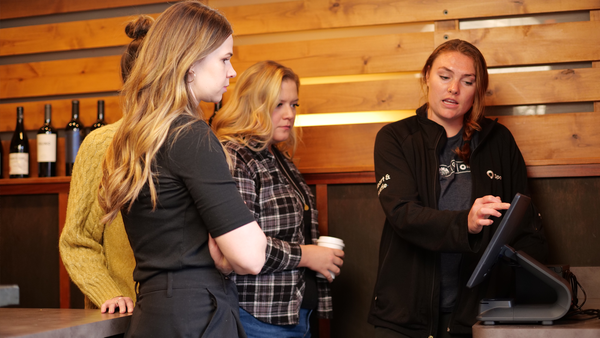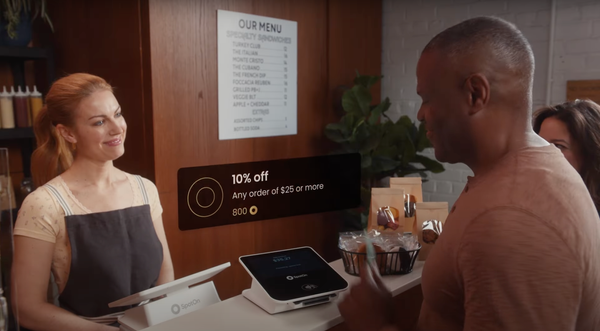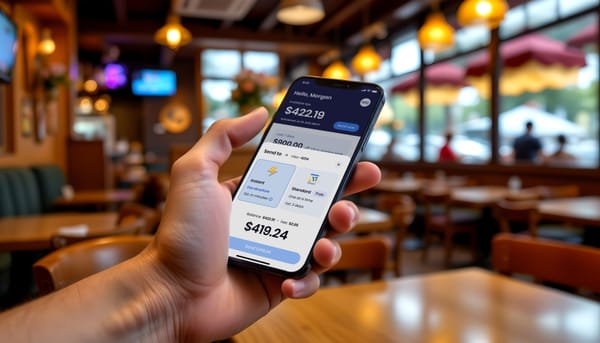On. Off. And on again. The United States Department of Labor (DOL) officially restored what’s known as the 80/20 Tip Rule, effective December 28, 2021. The rule affects how restaurants and other hospitality businesses pay tipped employees under the Fair Labor Standards Act (FLSA), specifically limiting “which tipped employees may receive a ‘tip credit’ in lieu of receiving the full minimum wage directly from the employer,” according to the National Law review. Here’s a quick rundown of how the rule may impact your business.
What is a tip credit?
Under the FLSA, an employer can meet federal minimum wage requirements by paying employees as low as $2.13 per hour, as long as the employees earn enough tips to add up to the full minimum wage ($7.25 per hour as of February 2023). There are exceptions in several states and territories, which don’t allow tip credits, including Alaska, California, Guam, Minnesota, Montana, Nevada, and Oregon.
What is the 80/20 Tip Rule?
Generally speaking, under the 80/20 Tip Rule, any employee who spends more than 20% of their work week performing tasks that don’t specifically generate tips is not eligible for a tip credit and must be paid the full federal minimum wage.
That said, there’s more nuance to complying with the 80/20 rule for tipped employees than you might think at first glance. The 80/20 tip rule breaks employee tasks down into three categories:
- Category 1: Tip-producing work, such as serving guests or bar-tending
- Category 2: Directly supporting work, such as wiping down tables, prepping bar garnish, or any other “side work”
- Category 3: Any other job duties, such as preparing food in the kitchen or cleaning the dining room, kitchen, bar, or bathrooms
Under the 80/20 Tip Rule, you can only apply a tip credit to an employee if they spend at least 80% of their time in category 1, and no more than 20%, or 30 consecutive minutes, in category 2. Meanwhile, no tip credit can be applied to any work in category 3.
You can imagine how quickly this can get complicated when it comes to payroll and tip outs, particularly when combined with any tip pooling rules you already have in effect.
5 steps for complying with the 80/20 Tip Rule
The key to ensuring your hospitality business is compliant with the rule for tipped employees is to put a plan into place and leverage technology to remove the painful and time-consuming task of tracking everything by hand. Peter Lambros, Director of Product for SpotOn’s labor management software, SpotOn Teamwork, laid out exactly how to do this in two articles for Modern Restaurant Management magazine and FSR magazine. Here are his five essential quick tips.
- Create a policy with the guidance of your legal team
- Assign at least 2 job codes within your POS or labor management software for FOH staff so they can track time for “tip-producing” and “directly supporting” tasks separately
- Train your employees and managers on how to correctly track time in accordance with your policy
- Prompt employees to confirm when their clock-in/clock-out indicates they worked more than 20% of their time or 30 consecutive minutes doing non-tip producing work, to ensure it wasn’t a time-keeping mistake
- Validate hours with manager approvals to ensure everything is accurate and transparent
Automate and attest the process with technology
The 5-step plan laid out above for 80/20 hospitality rule compliance becomes tremendously faster and easier with a software solution like SpotOn Teamwork labor management software. Clock-ins, clock-outs, job codes, attestation, and manager validation can all be done in one seamless process so no one on your team is having to spend a ton of extra time keeping up with the new rule. On top of that, you get other time-saving tools to help you budget and schedule your team, see actual sales and labor versus projections, and make tip pooling and payroll processing a breeze.













